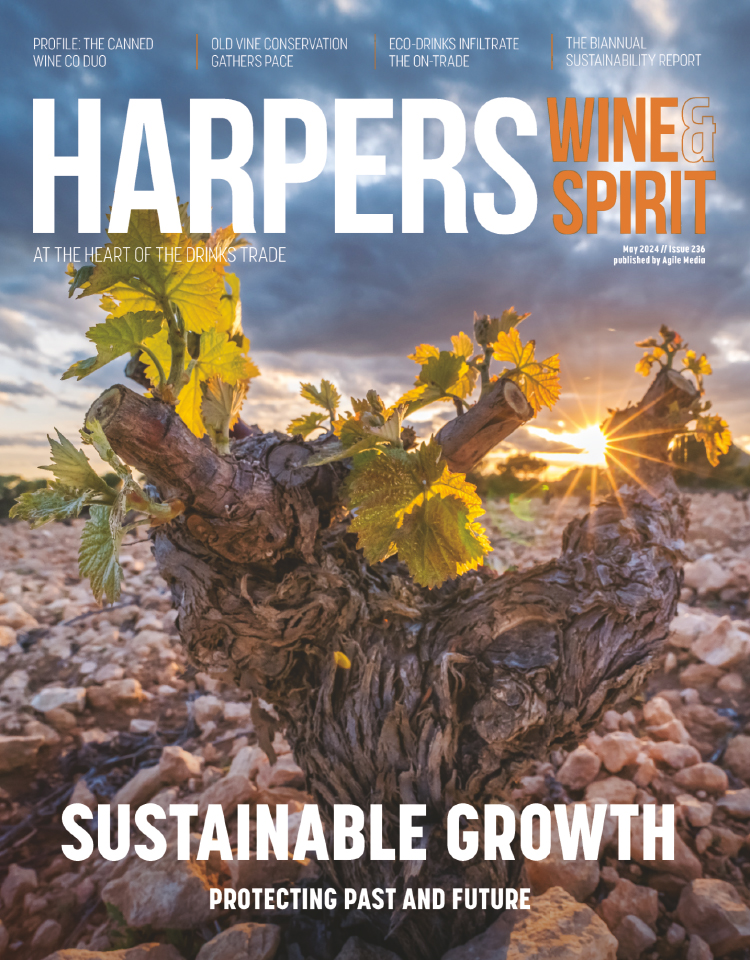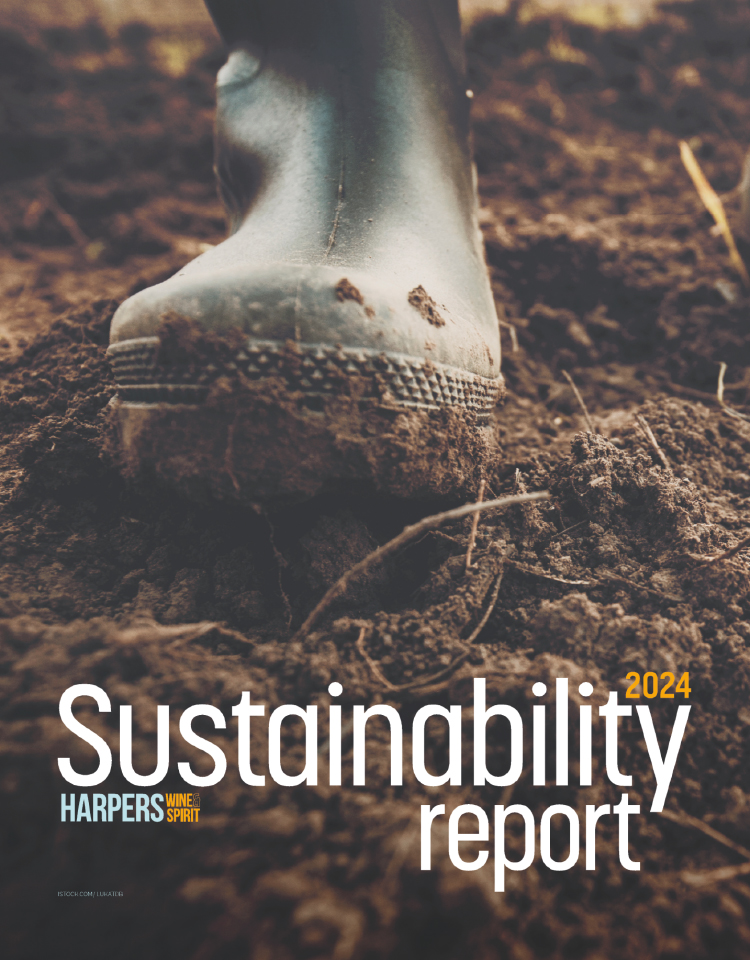
La Place ‘wave of expansion’ riden by Australia and Spain
Australia and Spain are at the forefront of an increasing number of ‘rest of the world’ wines that are fuelling new growth on the negociant-driven La Place de Bordeaux marketplace.
These are among the findings of the latest Liv-ex report, La Place de Bordeaux and the expanding fine wine market, which also describes an evolving secondary market as fine wine buying trends change.
Since the first outing of Chilean icon Almaviva in 1998, La Place’s embrace of non-traditional has grown to an expected 108 wines from 32 regions across 11 countries for release in the autumn’s tranche of sales. (Bordeaux, Burgundy, Champagne, the Rhône, Italy and USA have traditionally dominated the market.)
Quite how the complexion of the secondary market is changing is highlighted in the report, citing figures from Liv-ex’s own trading platform and the wider market.
Bordeaux, which accounted for 95.7% of total La Place trade as recently as 2010, has dropped to a “record low” of 34.1%, while losing its’ most traded’ status in some key Asian markets.
Conversely, the ‘rest of the world’ – non-traditional regions and labels – has grown its market share from 0.8% in 2010 to 4.6% of the total market today.
Australia and Spain lead the pack in terms of value market share, with wines from Ribera del Duero (18.0%), Barossa Valley (9.1%) and Eden Valley (5.1%) to the fore. These are followed by: Chile’s Maipo Valley (2.7%); McLaren Vale (2.4%); Aconcagua Valley (2.1%), Priorat (1.1%), Apalta and Clare Valley (0.8% each); Barossa (0.5%); Toro (0.5%); plus 66 ‘others’ regions (7.7%).
Examples of more recent wines now being successfully released via La Place include Telmo Rodriquez Yjar (Rioja), VivaltuS (Ribera del Duero), Will Berliner’s Cloudburst (Margaret River) and Jim Barry’s The Armagh Shiraz (Clare Valley).
According to Livex, this year will also see the launch of New Zealand’s first superstar, Craggy Range, with its Le Sol Syrah and Aroha Pinot Noir. Meanwhile, countries as diverse as South Africa, Uruguay and China are already represented.
• Read More: Detecting fine wine forgeries
The report cautions, though, that brand credibility has to be carefully built through “careful planning and pricing” on La Place, with buyers “increasingly aware of value” no matter where a wine’s origin.
“La Place seems to be riding the wave of expansion. At present, all players can benefit from it,” the report suggest, but with the following caution in its conclusion.
“It remains to be seen to what extent La Place, and indeed the fine wine market, will continue to expand. The more crowded it becomes, the more new arrivals might struggle to find an audience.”
Liv-ex also stresses that La Place is “not a portal to instant success” but a “useful component” in the wider development of a brand’s success.
However, with limited (and costly) quantities of the likes of Bordeaux and Burgundy available, few would bet against further expansion of the labels traded on La Place, feeding into the secondary market’s appetite for more and varied wines.





